The B Impact Assessment is a free, self-paced tool used by more than 150,000 companies worldwide. Learn how outdoor brands are leveraging it to clarify governance, improve supply chains, and align operations with their stated values—regardless of whether they seek B Corp certification.
For those who don’t know, what is the B Impact Assessment and why has it become so popular?
More than 150,000 companies have used the BIA to measure how their operations align with their values. It allows businesses to assess governance, sourcing, labor practices, and environmental impact in a structured way. The assessment is free, self-paced, and increasingly popular not only among those seeking B Corp certification, but also among teams that simply want to understand their systems better.
Why is the BIA particularly relevant for outdoor brands?
Outdoor brands design durable products, rely on global supply chains, and often market themselves around values like nature, resilience, and responsibility. Many already focus on responsible sourcing, setting environmental targets, and maintaining supplier relationships. But translating values into consistent practices isn’t always straightforward. A sustainability plan may look good on paper but fail to show up in supplier agreements, product claims, or daily decision-making. This is where the BIA proves valuable.
What exactly does the BIA help companies discover?
It highlights what’s working, what’s missing, and what depends too heavily on individual effort instead of shared systems. Until recently, B Corp certification was based on a flexible points model: companies could excel in one area, fall short in another, and still certify.
How are the new 2025 standards changing this?
The 2025 Standards, published in April, now require companies to meet specific criteria across seven impact areas: stakeholder governance, fair work, climate action, human rights, circularity, collective action, and justice and equity. This shift means the BIA is no longer just a benchmarking tool. It becomes a way to measure existing systems against a clear definition of good business.
Do companies need consultants to complete the BIA?
Not at all. The BIA can be completed internally, and responses don’t need to be published. The process encourages teams to examine how they make decisions, select suppliers, manage employees, and back up environmental claims across the entire product life cycle.
What do companies usually learn about themselves during the process?
Many discover they are doing more than they realized – but often in an informal or unmeasured way. For instance, a company might use recycled materials but only have an email from a supplier as proof. Or they might pay fair wages but lack a wage progression policy. Repair programs might exist but without formal procedures. Community involvement may be strong but absent from company strategy.
Is the BIA still useful if a company doesn’t plan to certify?
Yes. It’s valuable even for those not seeking certification. It brings together teams across sourcing, HR, product, and operations, helping them identify gaps and align internal systems with external commitments. Some brands use it as a roadmap for improvement, others as a check-up, or simply to learn from peer practices.
Can you share some real-world examples from the outdoor industry?
Alpkit’s CEO, David Hanney, explained how the BIA pushed his team to think harder about trade-offs: tightening emissions strategies, reducing resource use, and addressing poverty reduction in the supply chain. It forced daily decisions, such as whether to prioritize local living wages or low-carbon shipping.
Similarly, Berghaus found the assessment revealed areas for growth in community engagement and environmental activity. The brand responded by expanding repair services, improving outdoor accessibility, and forming deeper environmental partnerships.
For both, certification acted less as an endpoint and more as a guide for continuous improvement.
Some critics remain skeptical. What are their concerns?
Critics argue that the new standards may not go far enough to prevent greenwashing, while others fear that the complexity could disadvantage smaller firms. Publications like Vogue Business and the Financial Times have questioned transparency, consistency, and enforcement. These concerns are important, but they don’t reduce the usefulness of the BIA. If anything, they underline why companies should engage with the tool early and thoroughly – to avoid it becoming just another compliance exercise.
What’s the best way for companies to integrate the BIA into daily business?
The new standards include detailed guidance that companies can use to prepare for investor scrutiny or EU requirements. The real benefits come when businesses weave the BIA into everyday activities: updating supplier codes, reviewing wage policies, changing packaging, or setting circular design goals.
What advice would you give to outdoor businesses just starting out?
Start small. The BIA doesn’t demand perfection or external approval. Instead, it offers structure. For outdoor companies navigating a fast-changing regulatory and environmental landscape, this structure is essential. Begin with one area of the assessment and see what you uncover. You might discover you’re more advanced than you thought, or you might identify the exact place to begin improvements.
Used well, the BIA helps companies see their business more clearly, align teams around what matters, and turn everyday decisions into measurable, trackable, and improvable practices.
About Ana Maksimovic
Ana has worked across sustainability from multiple sides, as a consultant, within a certification body, and as a long-time workshop facilitator in business settings. Over the past decade, she’s supported more than 150 small and mid-sized companies across the EU, especially in the apparel and food and beverage sectors. Ana is also passionate about high altitude hiking, rock climbing, kayaking and other outdoor activities.

Lead image: Nikhil Singh / Unsplash




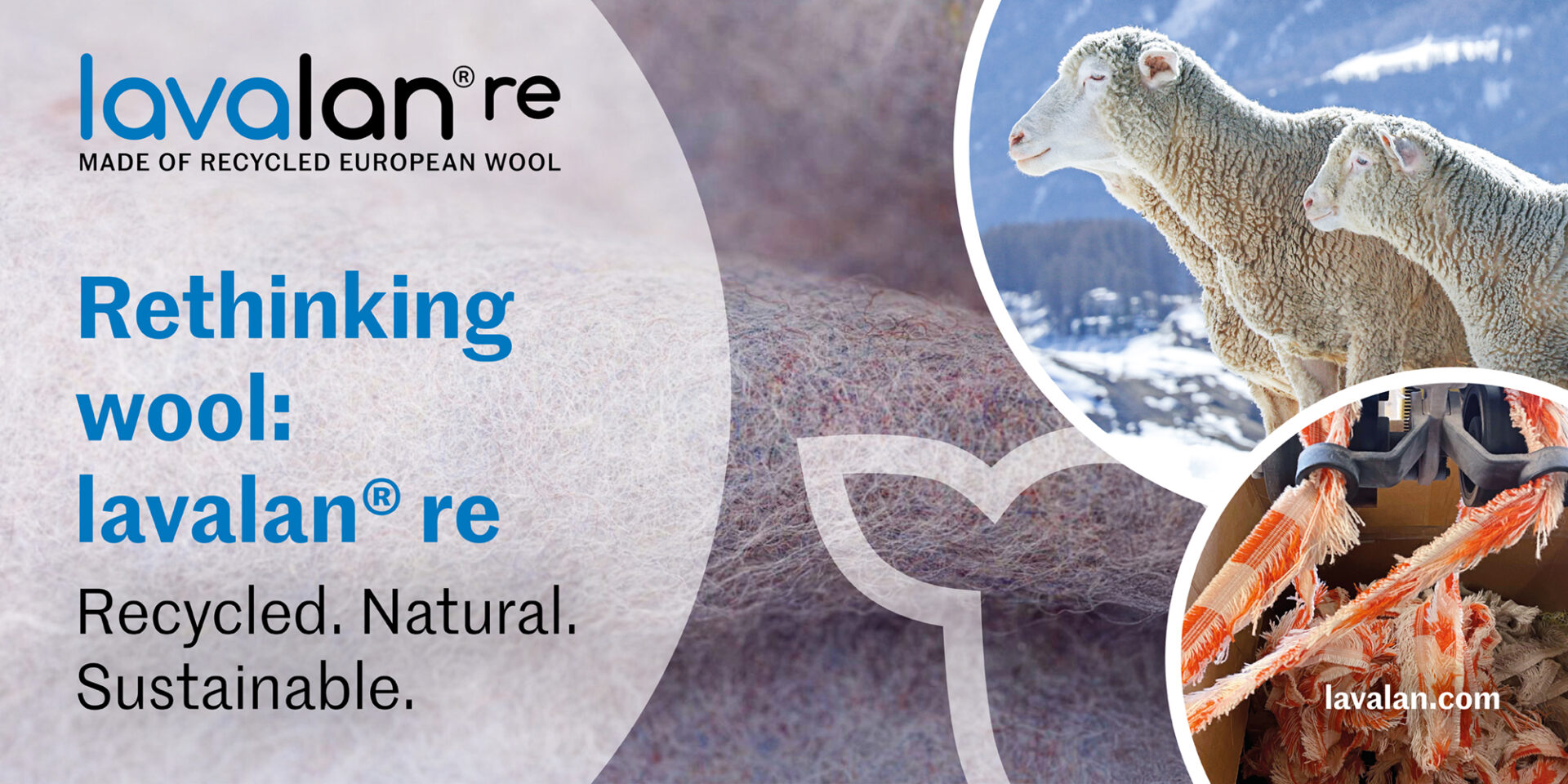

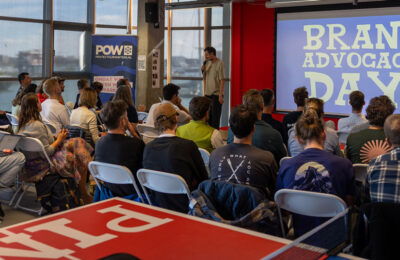


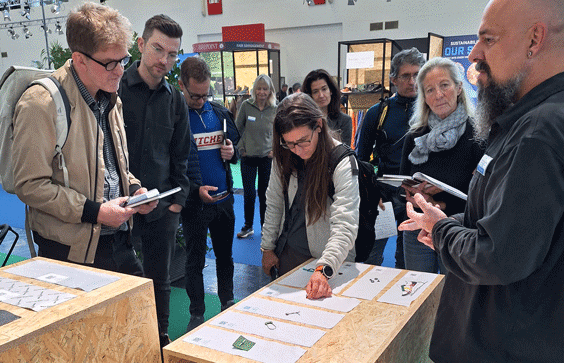
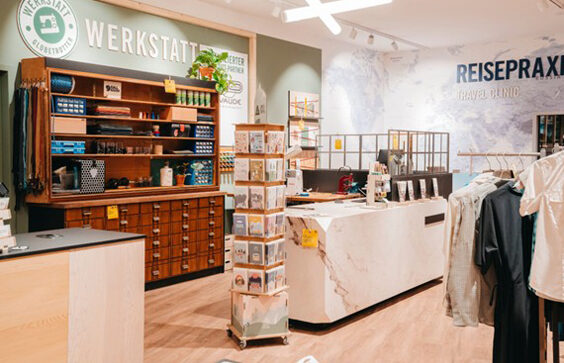
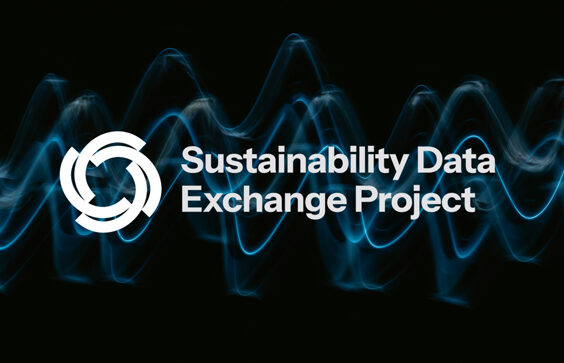
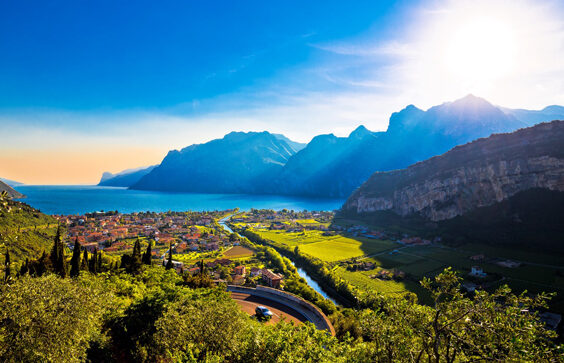


Sorry, the comment form is closed at this time.